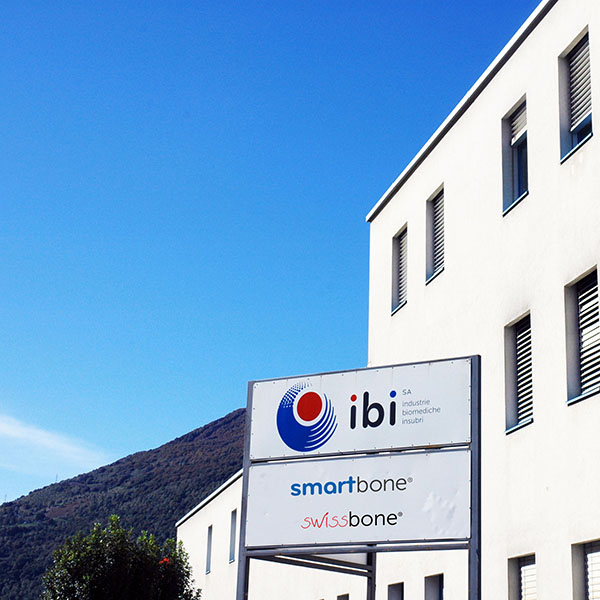CLOSE

Date:
2011
Journal:
European Symposium on Biomaterials and Related Areas EuroBioMat 2011
Author:
G. Pertici, M. Müller, F. Rossi, T. Villa, G. Carusi, S. Maccagnan, F. Carù, F. Crivelli, G. Perale
Link:

Scaffolds for bone tissue engineering should ensure both mechanical stability and strength. Moreover, their intimate structure should have an adeguate interconnected porous network for cell migration and proliferation, while also providing specific signals for bone regeneration.
A composite solution, based on a nove) concept of biomaterial assembly, bearing cues from both minerai components and polymeric ones, was here followed to develop a new three-dimensional bone scaffold. A bovine derived mineral matrix was used to provide adeguate 3D structure and porosity, while a resorbable biopolymer was used to reinforce it. Bioactive agents were added to promote cell adhesion and proliferation. Microstructure was evaluated by E/SEM and micro-CT, confirming a strong resemblance with human cortical bone in terms of open mid-sized porosity. Compression tests evidenced a maximum stress capability (20MPa av.) three times higher than best available bovine derived bone, with a four-fold improved Young’s modulus (0.2GPa av.). Overall mechanical behaviour was typical of open cellular structures: a first pseudo-linear and pseudo-elastic behaviour, due to structural resistance, was followed by oscillating behaviour due to progressive breakage of structure and conseguent matrix compacting. Moreover, it resulted feasible for reconstructive surgery, being both easy to shape and resistant to screws and fixation manoeuvres. Citocompatibility and cell viability were positively assessed in vitro with standard SAOS-2 and MG-63 line cells. Human adipose tissue derived mesenchymal stem cells were also tested and data showed in vitro capability to properly colonize the scaffold and, once induced, to differentiate. Tibia! grafts on adult white New Zealand rabbits were performed to assess in vivo osteointegration during 4 months observations. Histological analysis proved confirmation of matrix integration with natural bone and showed cells and vessels colonizing pores within it during time. Data collected represent a complete proof of concept for this new scaffold and its application for bone tissue regeneration.

IBI SA
Industrie Biomediche Insubri SA
via Cantonale 67, CH-6805 Mezzovico-Vira, Switzerland
t. +41 91 93.06.640
f. +41 91 220.70.00